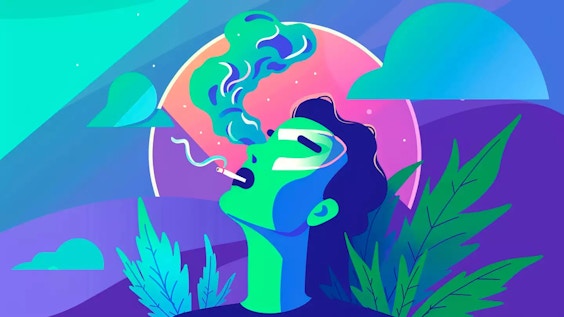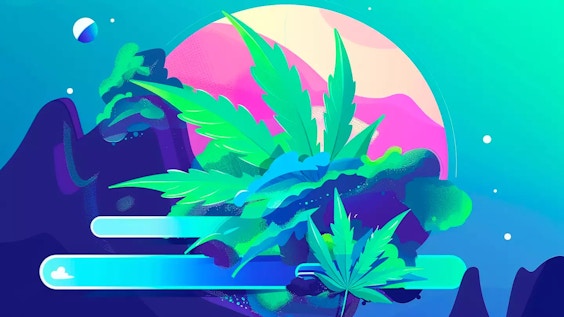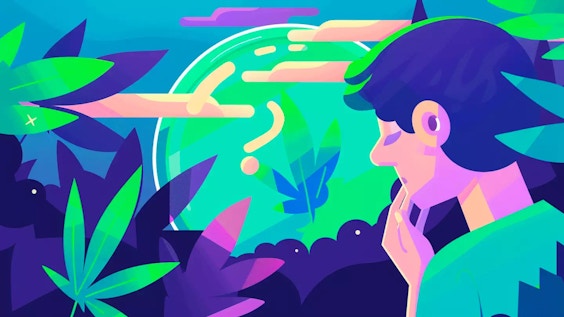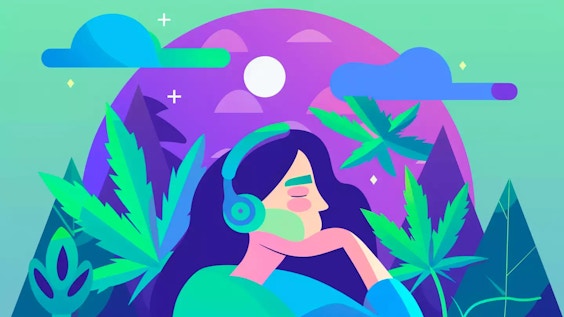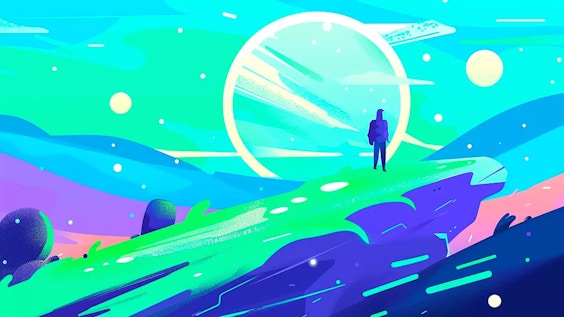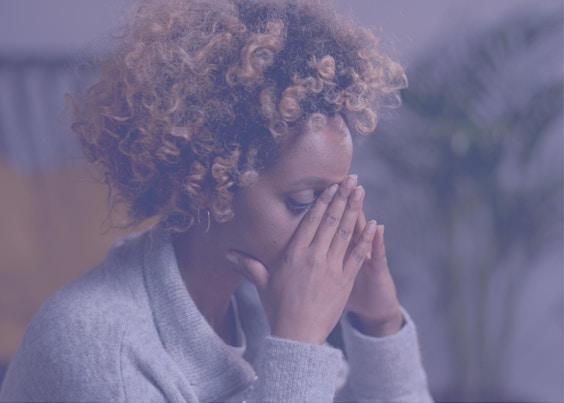I Am Sober is a free app that helps you get some control back in your life.
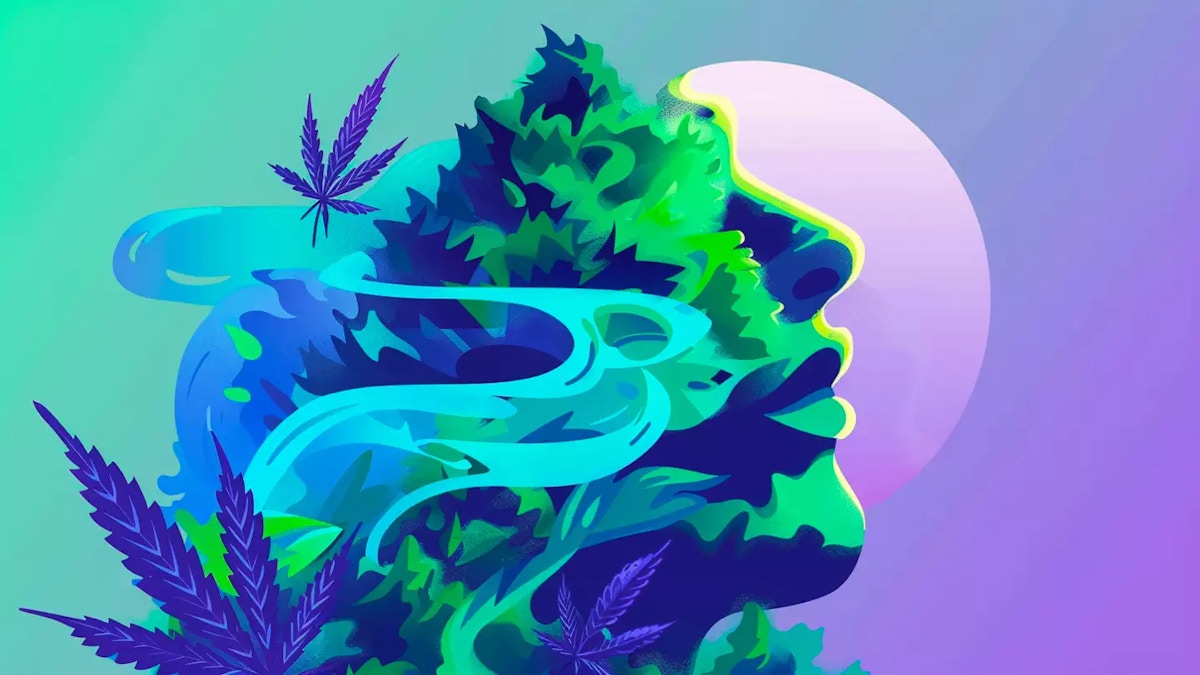
Marijuana Addiction
Last Updated: Fri, November 1, 2024What is Marijuana?
People use marijuana both medically and recreationally. Currently it is the most commonly used illegal drug, although its legal status has been changing rapidly across the United States.
Marijuana is used in three main forms: flower, resin, and oil. Flower and resin are typically smoked, whereas oil can be applied topically or used in meals (typically baked goods).
The term marijuana is used broadly to describe cannabis, but “marijuana” refers specifically to the combination of dried flowers, subtending leaves and stems of the female cannabis plant.
What is the Difference between Indica and Sativa?
Cannabis indica’s effects tends to cause sedative effects whereas Cannabis sativa is what’s known to cause the more “cerebral high”. All forms of marijuana, hemp, and weed, are from the Cannabis sativa species; for example, Cannabis indica is a sub species of cannabis sativa.
What is in Marijuana?
The main ingredient in marijuana that causes the high is tetrahydrocannabinol or THC. This psychoactive chemical is produced in the female plant’s leaves and buds. Altogether, cannabis contains over 500 different chemicals with approximately 80-100 of them being related to THC. These are referred to as cannabinoids.
Of the 500 chemicals, many have been identified. There are over 80, but potentially as many as 100, cannabinoids in marijuana. These are the primary ingredient in marijuana. Cannabinoids are what cause the high as well as provide the most medicinal value.
Additionally, there are over 120 terpenes in marijuana. Terpenes are what cause marijuana to have its distinct smell. Beyond that however, terpenes are known to be anti-inflammatory as well as have possible antibiotic effects.
What are Other Names for Marijuana?
-
Chronic
-
Ganja
-
Cannabis
-
Magic Dragon
-
Weed
-
Reefer
-
Mary Jane
-
Pot & many others
What Happens When You Use Marijuana?
THC’s action on the brain resembles that of the natural brain chemicals anandamide (N-arachidonoylethanolamine, or AEA) and 2-arachidonoylglycerol. THC binds to CB1 cannabinoid receptors in the brain and to CB2 cannabinoid receptors in the periphery.
The role of anandamide in the brain is to send chemical messages between neurons (nerve cells). Anandamide impacts memory, pleasure, concentration, thinking, coordination, motion, perception of time, and sensory functions. When THC enters the brain, it can attach to cannabinoid receptors to influence these functions.
THC affects the hippocampus and orbitofrontal cortex. This interferes with a person’s ability to learn or perform complex tasks. Additionally, it can affect the cerebellum and basal ganglia, resulting in trouble with coordination and balance.
In higher doses, THC can cause depersonalization, a loss of identity, and psychosis, including paranoia.
How Your Brain Reacts to Weed
Marijuana contains over 50 psychoactive cannabinoids. The most well-known is tetrahydrocannabinol (THC) Cannabidiol (CBD) is a non-psychoactive component of marijuana that may have some therapeutic benefits.
THC is the main active ingredient that causes the “high” users experience after ingesting weed. When smoking pot, the second that it hits your lungs it quickly goes into the bloodstream. From the blood, the chemicals in marijuana move throughout the body, including the brain.
When you ingest marijuana in its edible form, your body will take longer to absorb the chemicals, but it still has the same effects, including changes in perception and mood, along with motor function impairment, impaired memory, and impaired decision making.
History of Marijuana
In 500 BCE, marijuana was grown as a herbal medicine in Central and South Asia. It was traded around the world (Europe, Africa, Americas) and used for hemp. Hemp of course made up clothing and textiles, but also sails and rope.
In regards to the psychoactive properties of marijuana, it’s difficult to pinpoint the exact date, but there’s evidence that multiple cultures possessed some knowledge of the psychoactive nature of marijuana. Various cultures left behind evidence of burnt cannabis seeds in religious rituals. While the amount of THC was nominal compared to modern day marijuana, it’s speculated that some plants were bred to enhance the psychoactive effects for the shamanic rituals.
There is some evidence to suggest that Muslims in India around 1123 CE used marijuana recreationally. This might have been related to alcohol use being banned by their religious practice. There is a published pamphlet in Cairo accusing Muslims of being “hashish-eaters”. It’s interesting to note that up until the 1500s it appears as though hashish was consumed as an edible as opposed to smoked.
One of the first physicians to write extensively on marijuana was Jacques-Joseph Moreau in 1836-1840. Moreau wrote at length about the drug and its psychoactive properties while serving as a medical officer in Bengal.
The Criminalization of Marijuana
In the 1800s, British colonies including Mauritius, Singapore, and Jamaica, banned cannabis. Allegedly, they were concerned about how cannabis was affecting the Indian indentured workers.
Soon other nations followed suit. In the United States’ District of Columbia, numerous restrictions were placed on the sale of cannabis (1906). Then in the 1920s, cannabis was outlawed in the United Kingdom, South Africa, Canada and New Zealand.
In 1937, the Marihuana Tax Act was passed in the United States prohibiting cannabis and the production of hemp.
Meanwhile, in 1972, the Dutch government did criminalize cannabis to a degree. Possession of 30 grams or less was considered a misdemeanor.
The Decriminalization of Marijuana
The Dutch government modified its stance on cannabis not long after criminalizing it. By 1976, four years after possession of cannabis was deemed a criminal act (although classified as a low-level or less dangerous drug), possession of 5 grams of cannabis or less was no longer a criminal offense. Coffee shops began selling marijuana for recreational use. The Dutch did check and confiscate marijuana in car checks at the border. however.
In December 2013, Uruguay became the first country to legalize cannabis. A year later (2014), Uruguay made it legal to grow up to six plants in a home. The only other country to legalize cannabis is Canada.
The Legalization of Cannabis in the United States
In the United States, marijuana is still illegal by federal law, but many states have legalized the substance. In December 2012, the state of Washington was the first to legalize cannabis with Colorado legalizing the substance a month later (January 2013).
The following states have legalized medical and recreational use of marijuana:
-
Washington
-
California
-
Oregon
-
Alaska
-
Nevada
-
Colorado
-
Massachusetts
-
Maine
Meanwhile, the majority of states have legalized the use of medical marijuana. Some states have restrictions. Louisiana that will not allow medical marijuana to be prescribed. West Virginia only allows cannabis-infused products.
Cannabis Today
According to the 2014 United Nations’ World Drug Report, cannabis is “the world’s most widely produced, trafficked, and consumed [illicit] drug” with estimates as high as 238 million users globally. To put this in perspective, that’s at least four times more than any other illicit drug – and that’s a conservative estimate. If you take the best estimate from opioids, ecstasy, cocaine, and amphetamines, the number of marijuana users is still twice as much as all of those combined.
Resources for Quitting Marijuana
More resources
I Am Sober is a free app that helps you get some control back in your life.
